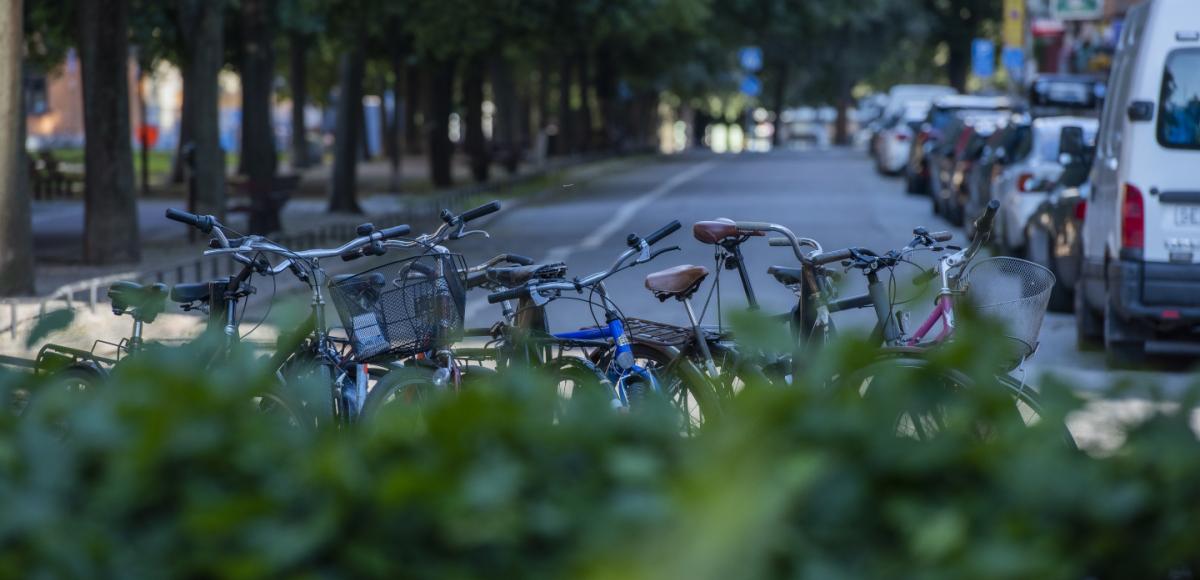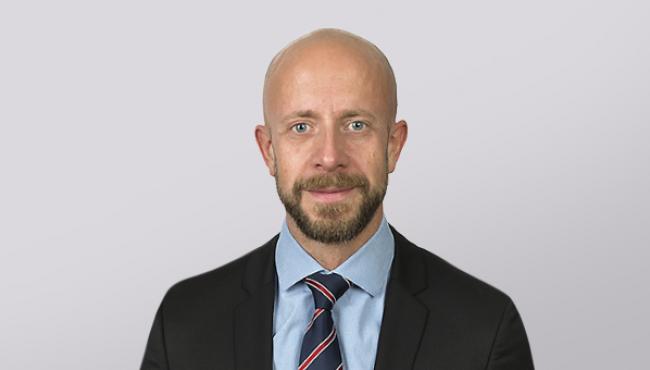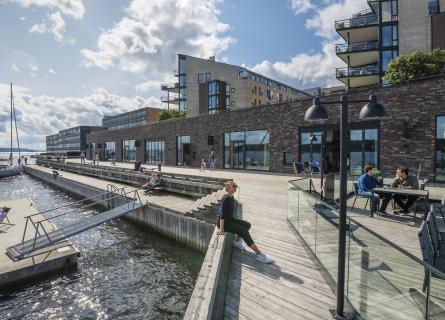
Kiruna: the making of a city’s character
Future Cities Insight #18 - Kiruna: the making of a city’s character
Cities always have a history. Indeed, sometimes just a brief one, if the city is relatively young. We seldom think of the city as the inhabitant, its origin and the historical events which may have shaped it. For instance, I think of the great fires in Umeå and Sundsvall, two cities in central and northern Sweden, which in 1888 completely changed the layout and planning of both cities.
Umeå became the ’city of birches’ after planting birch trees as a way of making the city more fire-resistant, and in Sundsvall the partly burnt-down city was instead rebuilt using stone. As a result, Sundsvall became the ‘stone city’.
What gives a city its character? Is it its inhabitants, its layout, its geographical location, its history or perhaps its greenery? To me, a city’s character is a combination of all these factors as well as many other things.
When discussing a city’s character, we raise questions regarding cultural values, history and heritage. This concerns sociocultural values such as history, sociology, aesthetics and religion. What we can all agree on is that the city is changeable – it evolves with us and we evolve with it.
Currently, there is a historical urban transformation taking place in Kiruna, in the north of Sweden. Thousands are to move and substantial housing areas must therefore be built to replace those lost through the growing mining operations.
Thus a whole new city centre will be built south-east of the current city, as a part of this transformative process. There is little to relate to, apart from legal and planning conditions, on the location where new Kiruna is being built. Architects don’t have the conditions of the location in the shape of existing buildings, infrastructure and movement patterns showing which key points and structures to relate to. Instead, they have to relate to measurable limitations such as the number of floors and the size of habitable area. Of course, there is a plan and a structure, but it is only in the shape of block structures, partitions and nodes on a piece of paper.
Good architecture respects its environment. The opportunities are of course great without the limitations of existing structures, but so are the challenges. How can an architect use the location’s unique conditions as a starting point, when the place, area or district doesn’t exist?
It is often said that architecture should seek to strengthen our cultural heritage. We must take care of the existing, as well as the future, cultural heritage in a sensible, but also innovative, manner. On top of that, it should be easy enough to distinguish old from new. But what happens when everything is new, when all buildings are built during a short period of time?
Kiruna Municipality provides a vision platform which serves as a good aid, but it is only meant to function as a guide to the type of city we are striving for. It is up to every good urban planner to interpret the overarching vision in the way they see fit. They can use it as a starting point, and then draw and build something dynamic and diversified, which leaves space for what the future holds.
That is why I am excited about the outcome of the transformation of my old hometown. How will the finished city’s character be experienced? How will it be received by its inhabitants? We have every reason to look to the future with confidence, but in the current process we must not forget what it is that gives a city its character – diversity. Will we able to succeed despite the difficult starting point? The answer is yes, because we have to. However, I will never be able to look at my old hometown, partly in a new location, built under an extremely short period of time (historically seen) and judge the outcome. Because cities never cease to evolve, they are never finished, instead they keep changing at the same pace in which us humans, and the society we live in, are changing.
Johan Rönnbäck, Deputy Regional Manager, Region North

